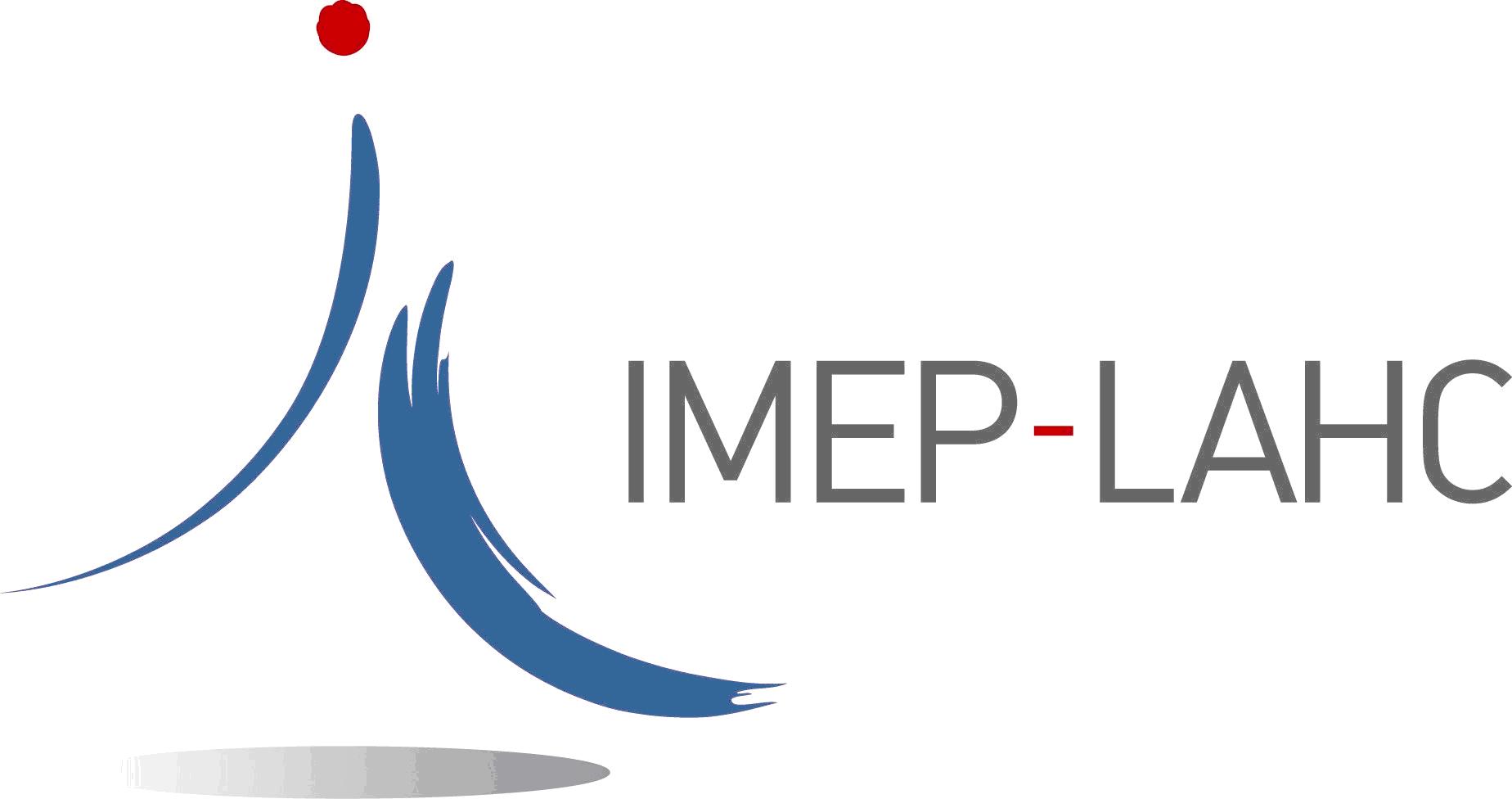Out-of-equilibrium body potential in Silicon-on-insulator: an original reading method for hybrid sustainable bio-chemical sensors
Published : 23 March 2023
TITLE :
Out-of-equilibrium body potential in Silicon-on-insulator: an original reading method for hybrid sustainable bio-chemical sensorsurables
Deadline for application:
30th of Mai 2023
Beginning of contract:
1st of Oct. 2023
Place:
IMEP – LAHC, MINATEC – INPG, 3, Parvis Louis Néel, 38016, Grenoble
Advisor:
Irina Ionica (Associate Professor Grenoble INP)
Contact:
Irina.Ionica@grenoble-inp.fr +33 (0) 4 56 52 95 23
Context and objectives:
Among the sensing devices, the ISFETs (Ion Sensing Field Effect Transistor) occupy an important position thanks to many possible advantages, such as easy co-integration with reading circuitry. However, one of the difficulties when using ISFETs, especially for in-liquid sensing, is that the presence of the gate liquid on the top, close to the channel, can damage the MOSFET. Alternative architectures such as extended-gate FETs1 can partially solve this issue.
In such a case, the sensing part (which is in contact with the liquid) is separated by the transducer (the MOSFET) and this ensures a longer lifetime of the MOSFET, without suffering from any damage due to liquid. Additionally this separation also allows envisioning hybrid architecture with a silicon-based MOSFET and a sensing region the uses “eco-friendly” / sustainable materials, eventually very cheap and disposable.
![]() The objective of this thesis is to test the possibility to implement such
The objective of this thesis is to test the possibility to implement such
a sensing configuration with extended gate, using a simple transistor
fabricated on silicon-on-insulator (SOI). Besides the novel
architecture, the originality of the topic lays in the signal used for the
detection: instead of a classical shift in the current through the
transistor, the sensing will be done based on the out-of-equilibrium
body potential, a phenomenon specific to SOI devices2 (see figure
aside). In our group, we showed that the body-potential response is due to the presence of Schottky barriers at the contacts3 and that it can be used for sensing4.
The aim of this multidisciplinary thesis is to obtain a hybrid extended gate sensor using the out-of-equilibrium body potential reading, with optimized performances in terms of linearity, sensitivity, noise and consumption.
The axis developed during the thesis are:
- design and fabrication in clean-room of extended gate field effect transistors (EG-FET) in SOI
- validation of the out-of-equilibrium body potential signature for the EG-FET
- optimization of the device architecture and find the appropriate dynamic conditions for sensing, in order to exploit at best the physical mechanisms responsible for the out-of-equilibrium potential
- implementation of a sustainable sensing layer as extended gate for a realistic bio-chemical application.
The PhD student will develop the complete chain, from device fabrication, electrical measurements in equilibrium and out-of-equilibrium conditions, sensing layer and surface functionalization for specific detection applications (within collaborations). The experimental parts will be completed by segments of modeling and simulation, allowing the comprehension of physical phenomena involved and the optimization for the sensor.
Knowledge and skills required:
This PhD topic belongs mainly to the field of micro-nano-electronics, and more precisely to the sensing with ISFETs fabricated on SOI substrates. The candidate must have a solid knowledge of physics of semiconductors and devices. Clean-room fabrication, electronics of measurement systems, surface functionalization would be appreciated. The candidate is expected to enjoy experimental work and the development of adapted measurement protocols. Scientific curiosity, motivation, creativity are mandatory qualities in order to take full
advantage of the scientific environment of this thesis and to gain excellent expertise for his/her future career.
The topic is in the field of applied physics, but close to the fundamental physics, as well as to the industrial world.
After the PhD, the candidate will easily adapt to both academic and industrial research environments.
The candidate must have a very good academic record, with high grades.
For the application, send your CV, motivation letter, track of records for your masters and recommendation letter(s).
——————————————————————————————————————————————————
1 Won-Ju Cho, Cheol-Min Lim, Sensing properties of separative paper-based extended-gate ion-sensitive field-effect transistor for cost effective pH sensor applications, Solid-State Electronics, Volume 140, pages 96-99, 2018
2 M. Alepidis, A. Bouchard, C. Delacour, M. Bawedin and I. Ionica, “Out-of-Equilibrium Body Potential Measurement on Silicon-on-Insulator With Deposited Metal Contacts,” in IEEE Transactions on Electron Devices, vol. 67, no. 11, pp. 4582-4586, 2020
3 M. Alepidis, G. Ghibaudo, M. Bawedin & I. Ionica, Origin of the Out-of-Equilibrium Body Potential In Silicon on Insulator Devices With Metal Contacts. IEEE Electron Device Letters, 42(12), 1834-1837, 2021
4 M. Alepidis, A. Bouchard, C. Delacour, M. Bawedin, & I. Ionica, Novel pH sensor based on out-of-equilibrium body potential monitored in silicon on insulator with metal contacts. In ECS Meeting Abstracts (No. 59, p. 1589). IOP Publishing, 2021



 Contact us
Contact us How to find us
How to find us










